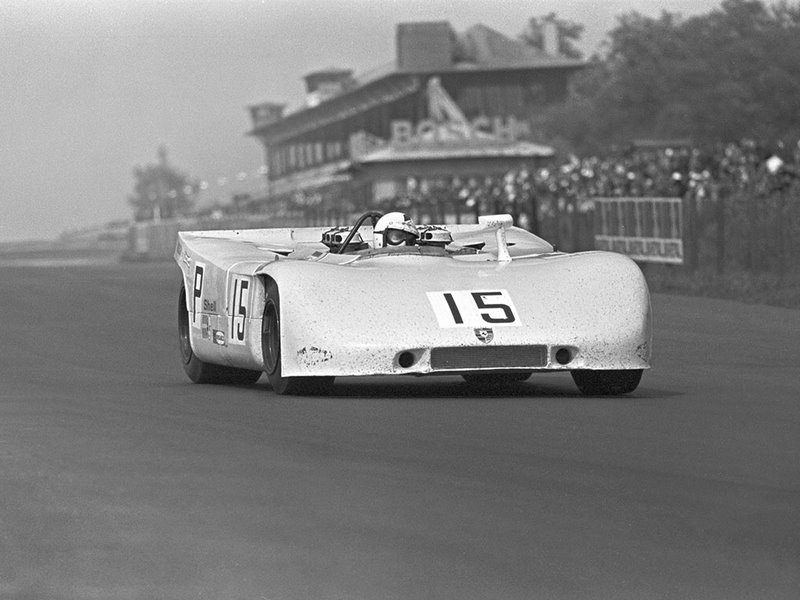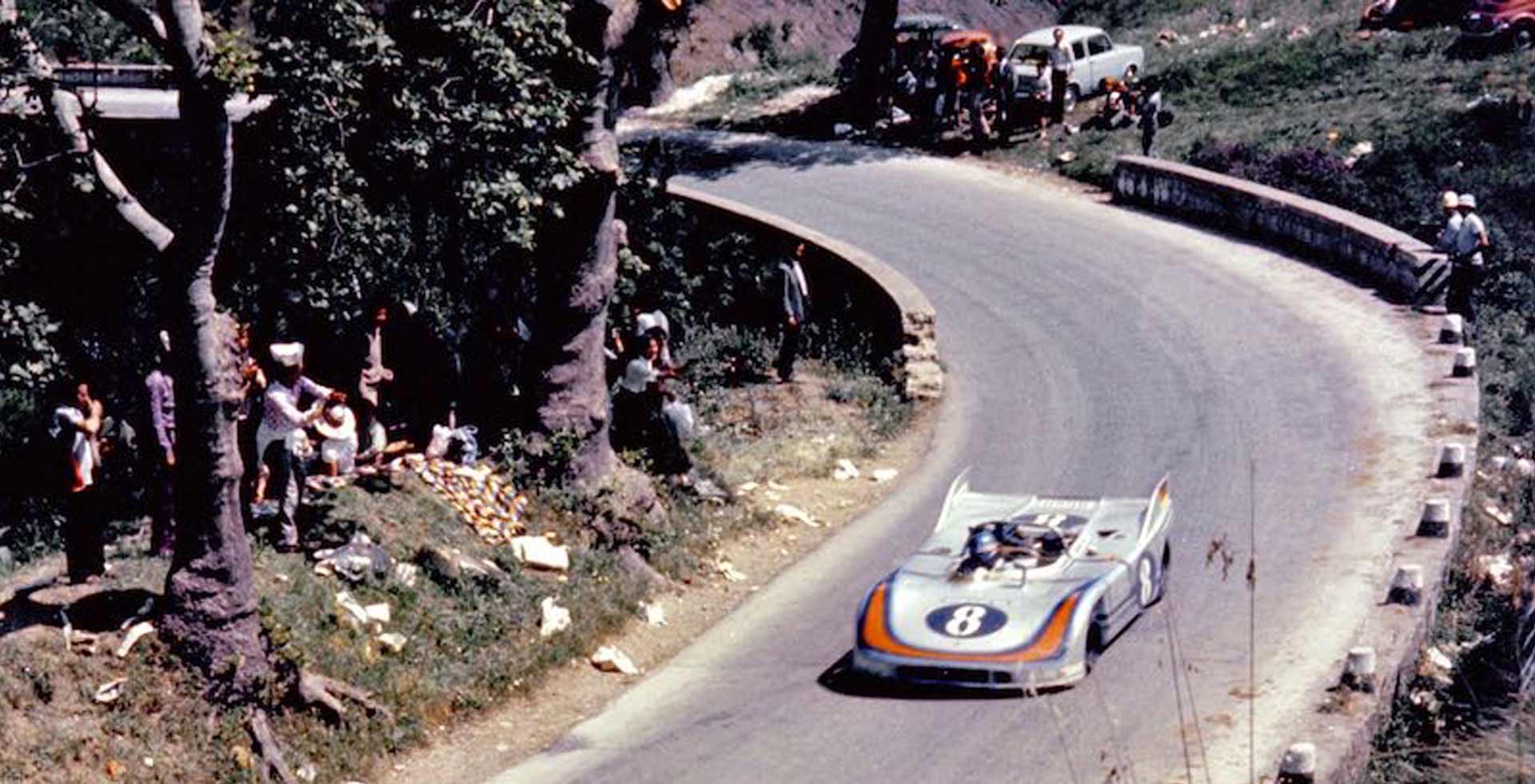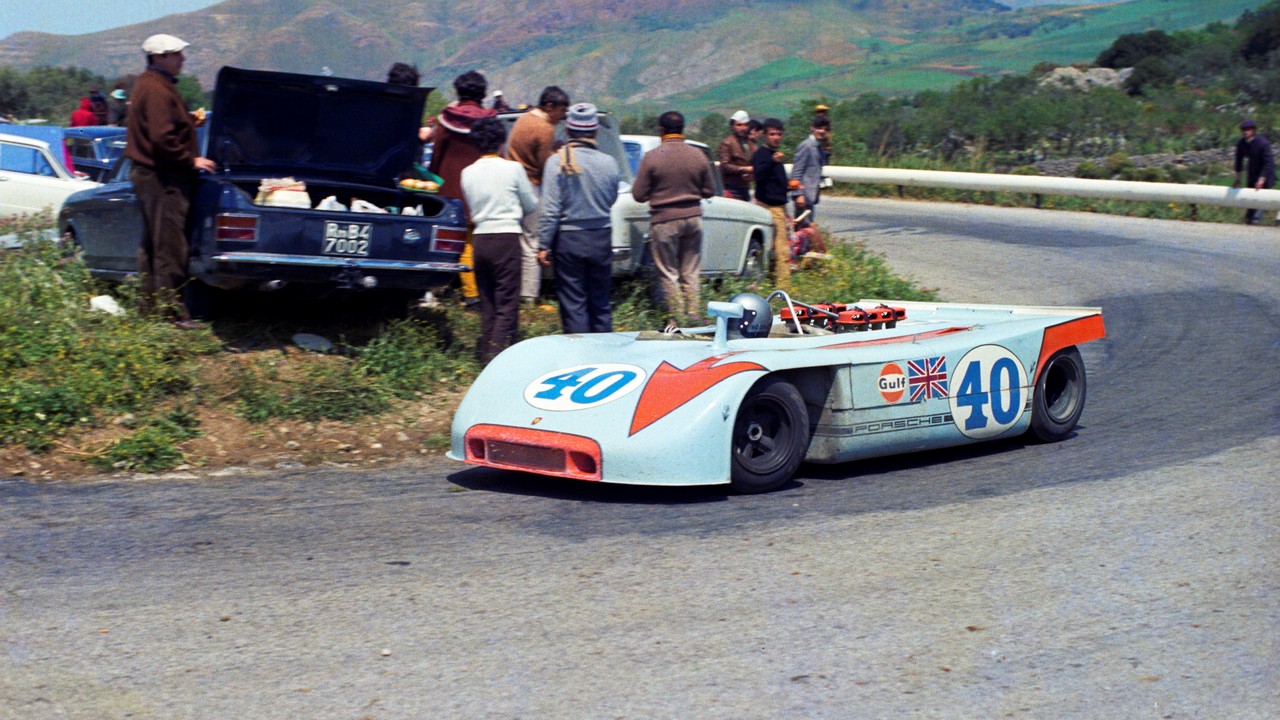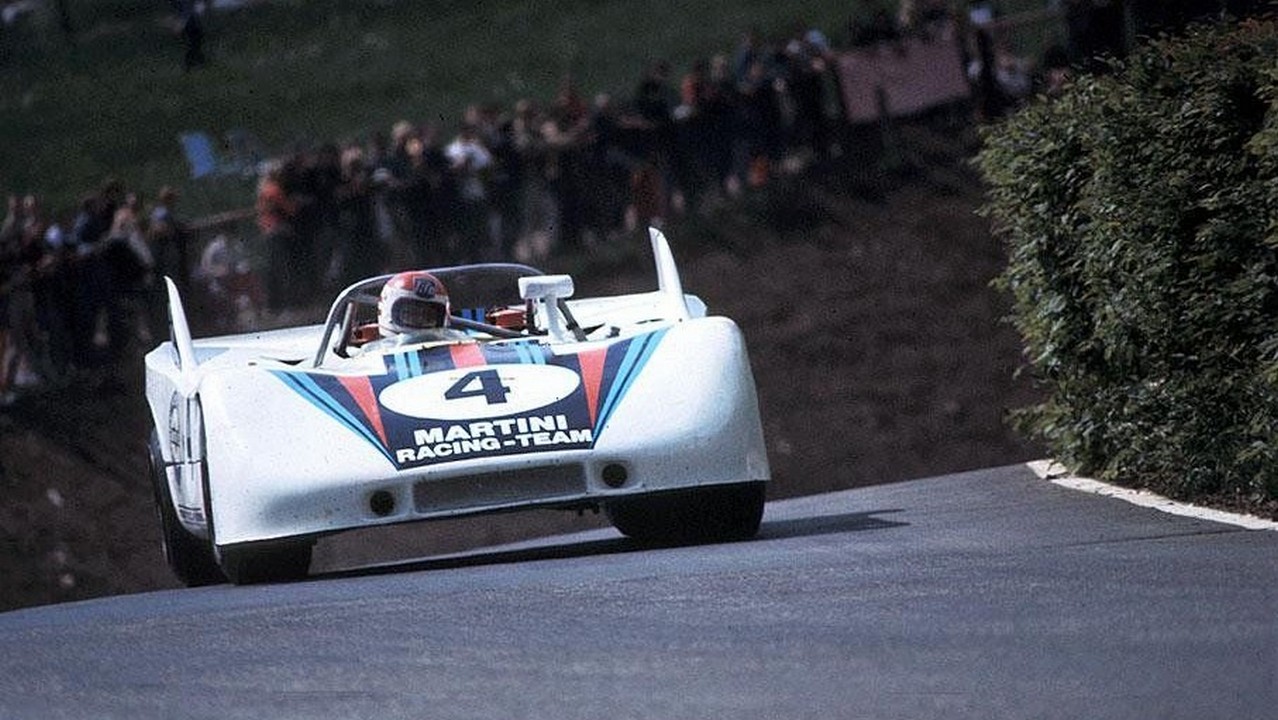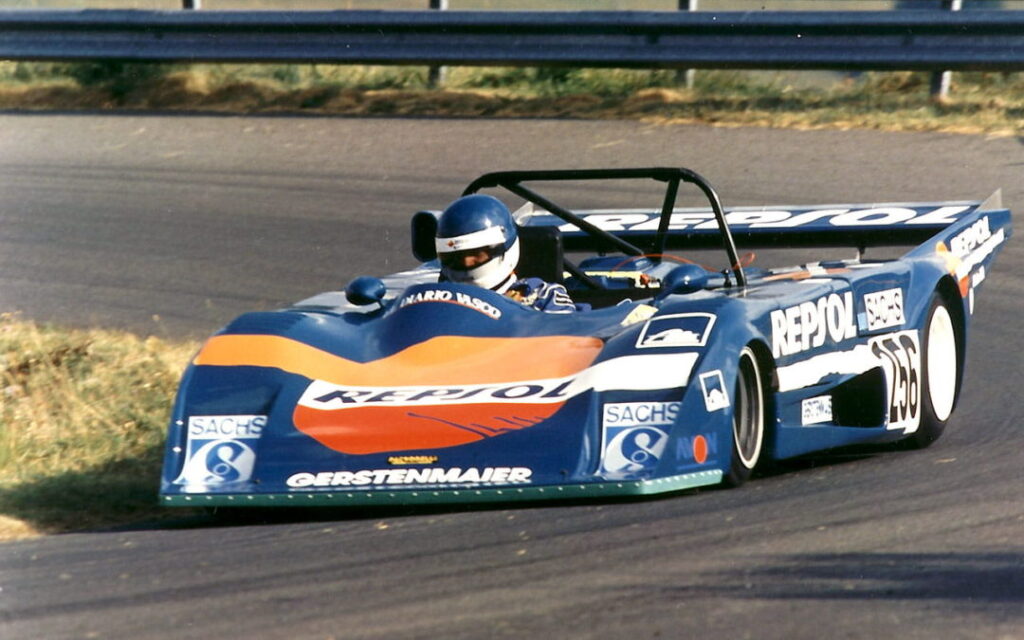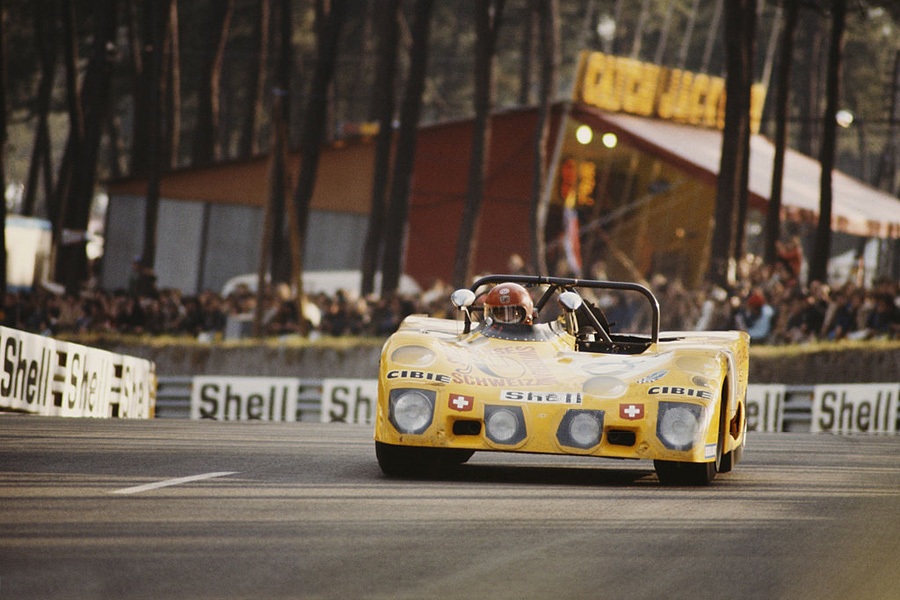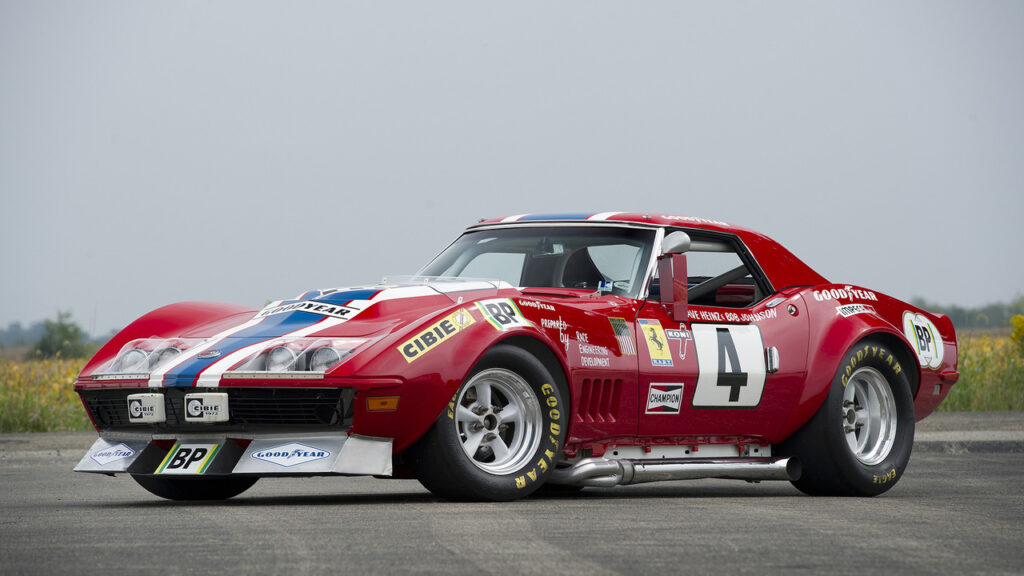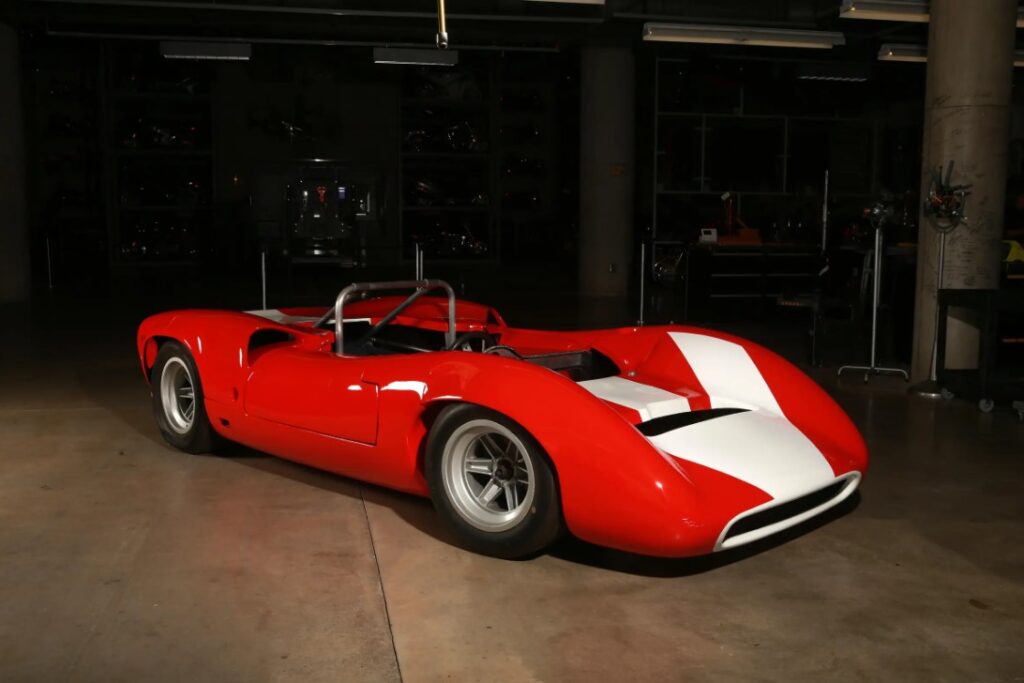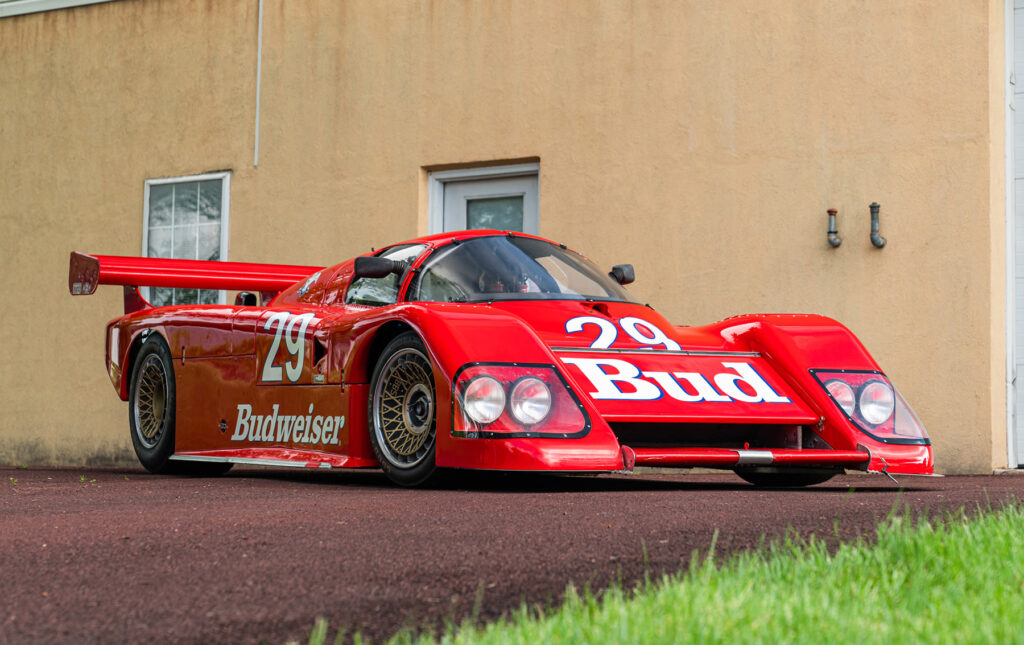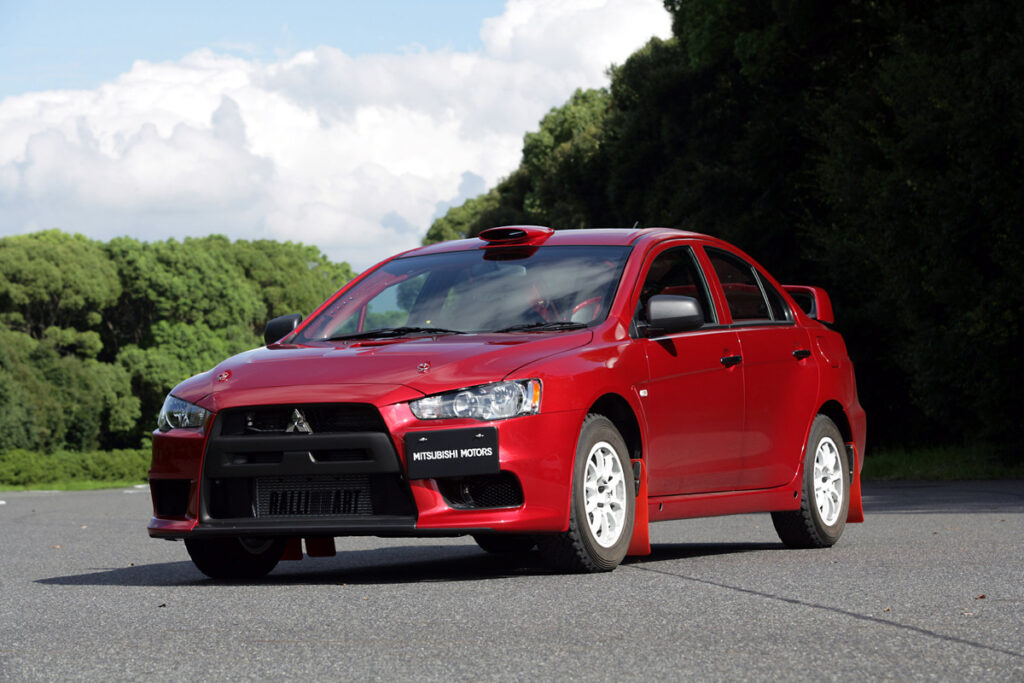1970 Porsche 908/03 Spyder
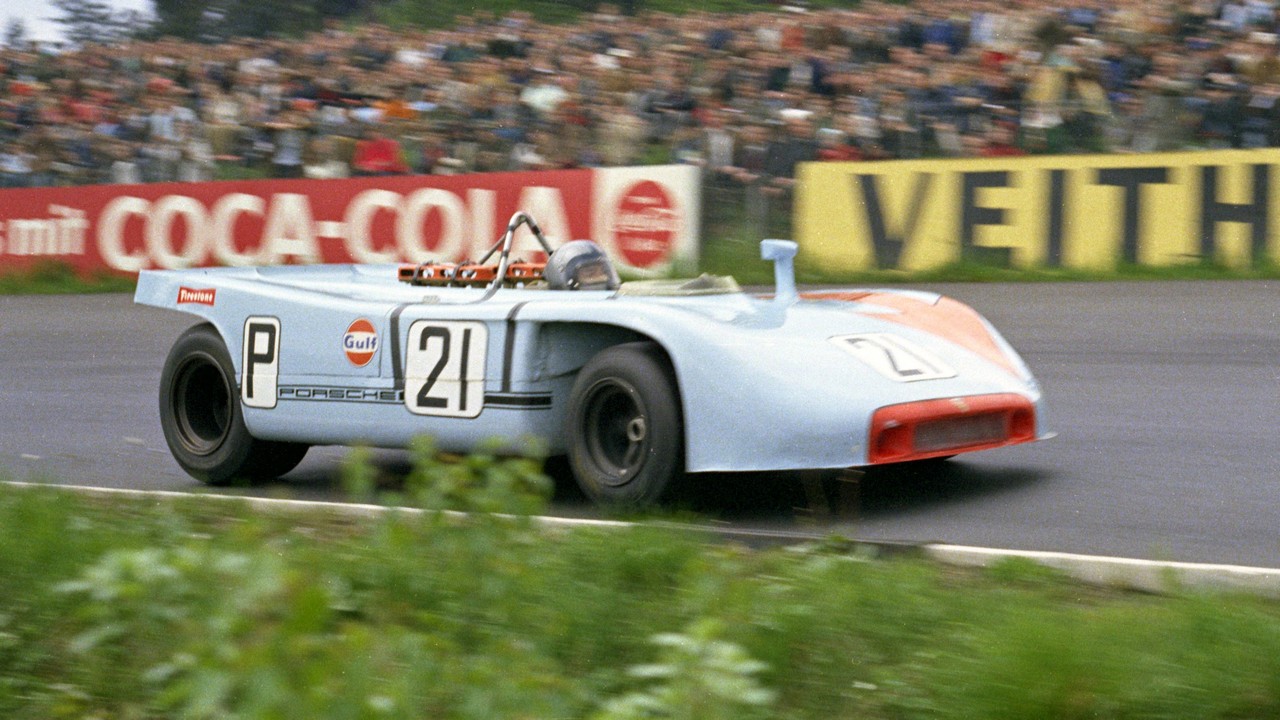
1970 Porsche 908/03 Spyder
Brand
Porsche
Year
1970
Country
Germany
Generation
Porsche 908

1970 Porsche 908/03 Spyder
Brand
Porsche
Year
1970
Country
Germany
Generation
Porsche 908
About this car
Discover the history
The Porsche 908/03 Spyder, first introduced in 1970, was an evolution of Porsche’s approach to endurance racing, emphasizing lightweight construction and adaptability to specific racing conditions. Built primarily for twisty and demanding tracks like the Nürburgring and Targa Florio, the 908/03 was a response to the challenges posed by Porsche’s more powerful but heavier models, such as the 917. While the 917 excelled on high-speed circuits, the 908/03 was designed for tight, technical courses where agility and lower weight were more advantageous.
Porsche’s engineers, under the leadership of Ferdinand Piëch, focused on making the 908/03 as light as possible without sacrificing durability. Drawing inspiration from hill climb cars, the 908/03 was incredibly light, weighing around 545 kilograms—far less than its rivals. This was achieved through extensive use of titanium, magnesium, and aluminum in both the chassis and engine components. The frame itself weighed just over 30 kilograms, showcasing Porsche’s meticulous attention to weight reduction. The air-cooled 3-liter flat-8 engine, derived from the earlier Porsche 908 models, was also optimized for weight, incorporating lightweight materials like aluminum and magnesium. This engine produced around 370 horsepower, providing a remarkable balance of power and agility for endurance racing.
The 908/03 was uniquely suited to tracks like the Nürburgring and Targa Florio, where its light weight and excellent handling gave it a distinct advantage over the heavier, more powerful competitors. In fact, the car was so nimble that drivers sat with their legs ahead of the front wheels, making it one of the most compact designs in endurance racing at the time. The 908/03’s design also incorporated innovative aerodynamics, such as vertical fins added in 1971 to improve airflow and reduce drag. Despite lacking large spoilers, the car managed to maintain excellent downforce, a testament to Porsche’s engineering prowess.
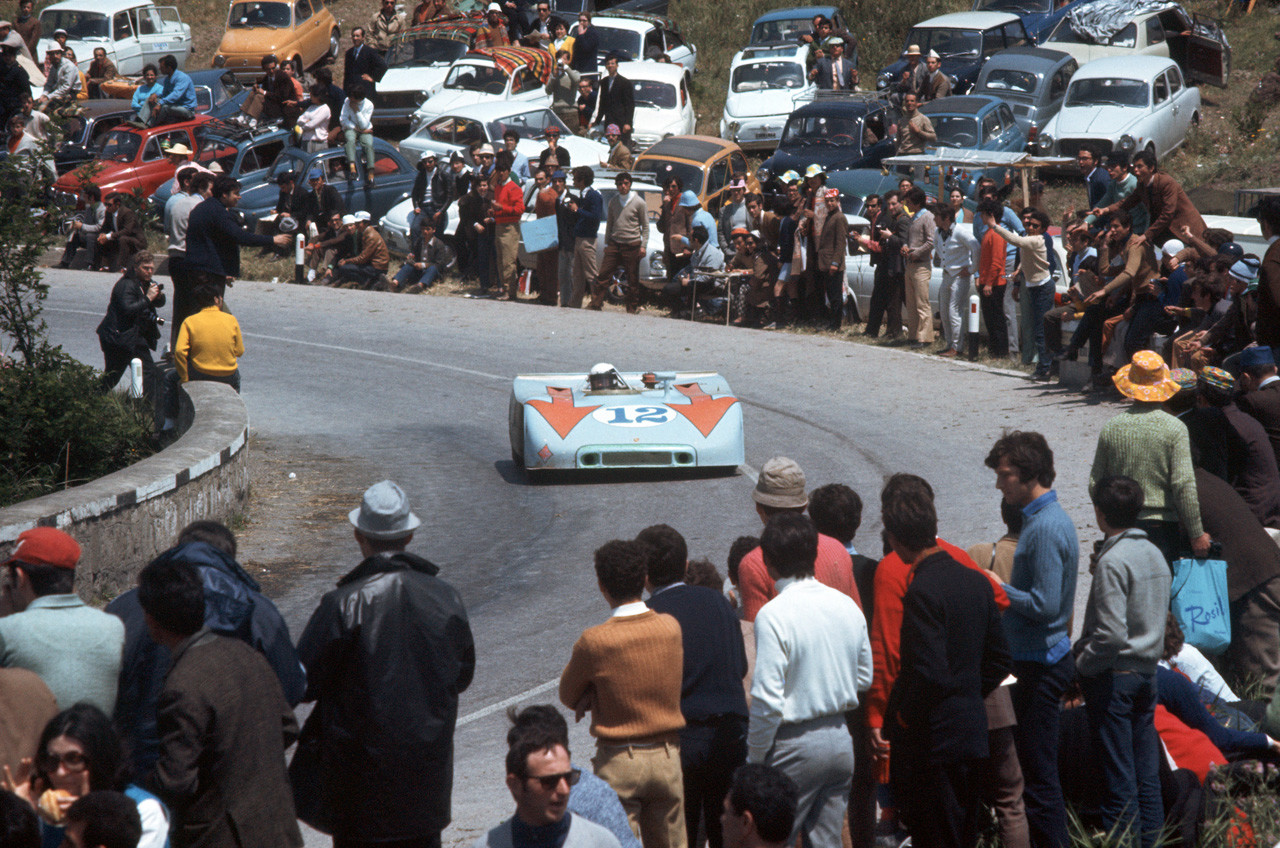
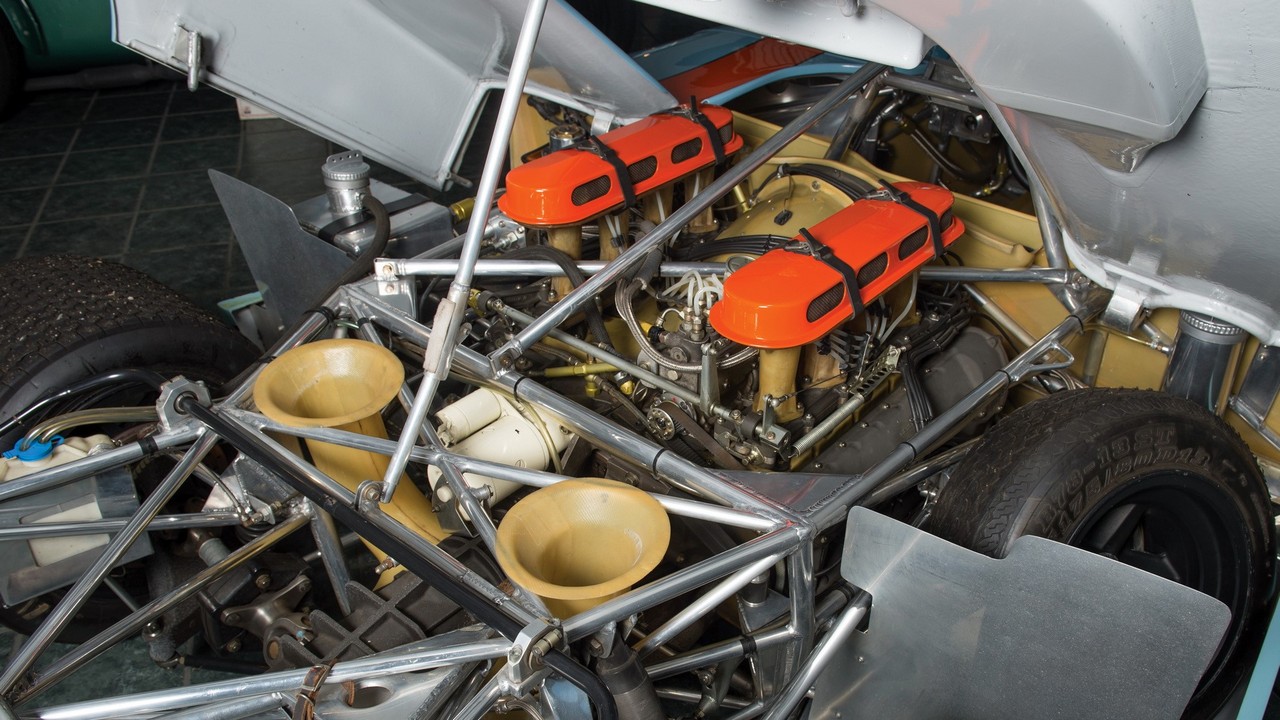
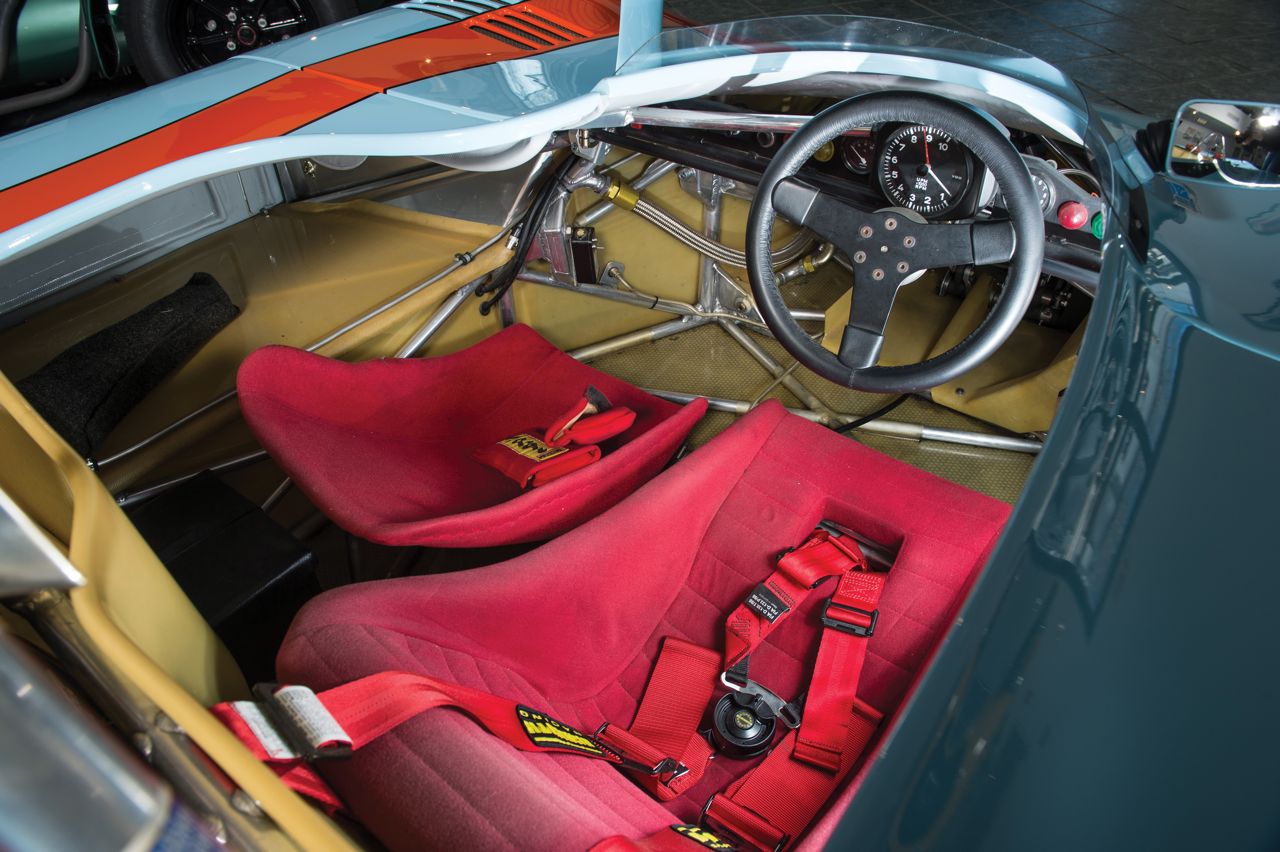
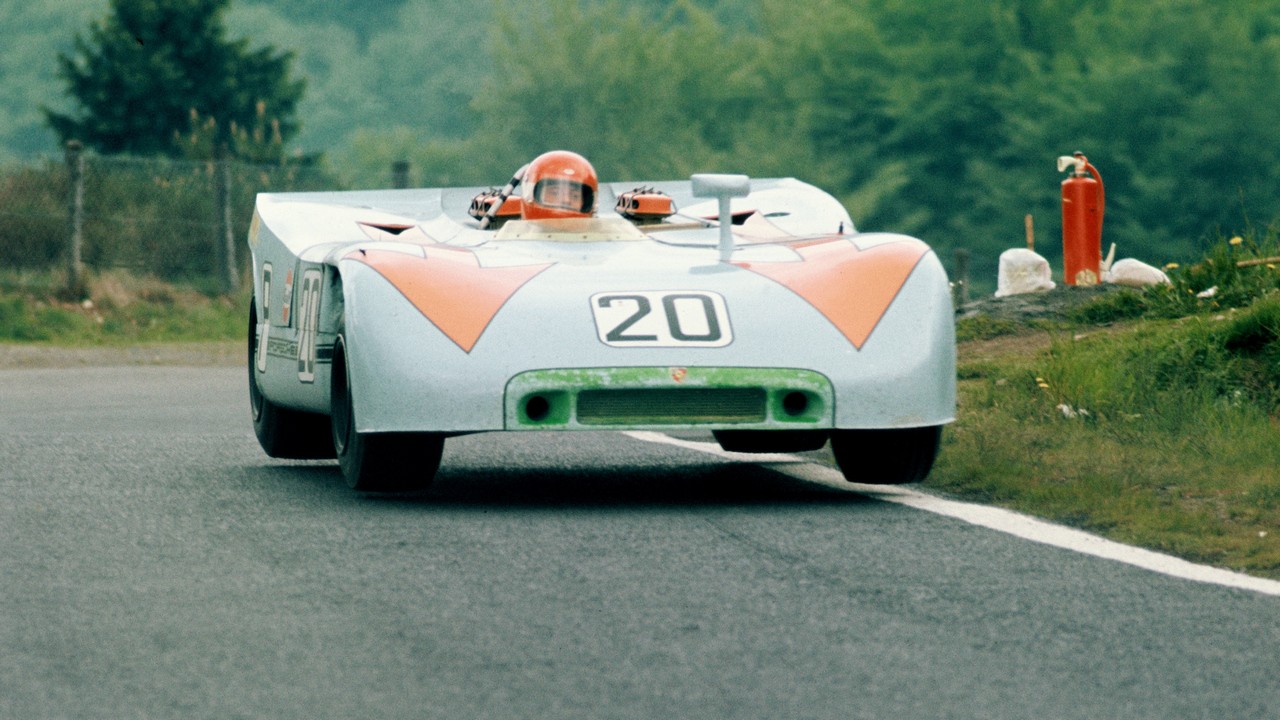
The 908/03 made its mark in the 1970 racing season with a series of notable victories. At the 1970 Nürburgring 1000 km, the car achieved a 1-2 finish, showcasing its dominance on tight circuits. Its lightweight design and superior handling also led to a win at the Targa Florio, a notoriously difficult and twisty race that played to the 908/03’s strengths. The following year, the car continued to excel at the Nürburgring, achieving another 1-2-3 finish, though it faced tougher competition from Alfa Romeo in other races.
Despite its success, the 908/03’s role was highly specialized. It was primarily used on twisty, technical tracks where its agility could shine, while the more powerful Porsche 917 was reserved for high-speed circuits like Le Mans. The combination of the 917’s speed and the 908/03’s nimbleness allowed Porsche to dominate the endurance racing scene from 1969 to 1971, winning the International Championship for Makes each year.
In the years following its factory racing career, the 908/03 continued to compete in privateer hands, though its dominance waned as newer, more powerful prototypes emerged. Nevertheless, the 908/03 remains one of Porsche’s most celebrated endurance racing cars, known for its innovative design, lightweight construction, and impressive record on challenging circuits like the Nürburgring and Targa Florio.
